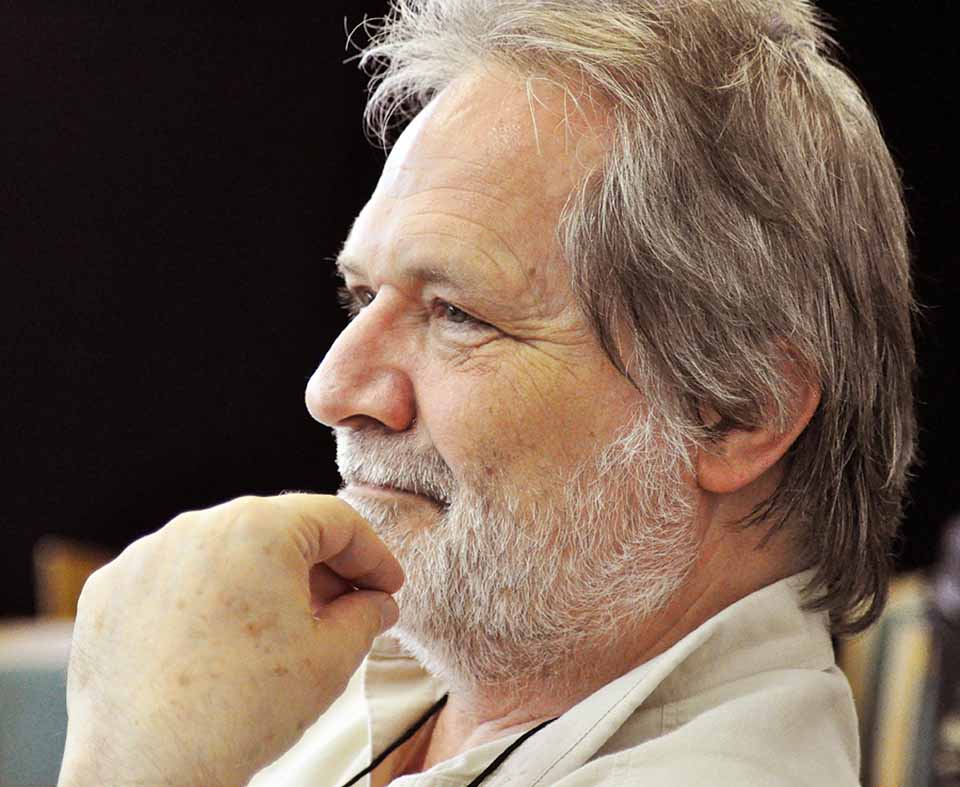
I parked the car at the side of the road and gazed over the northern lowlands of the Great Hungarian Plain, which spread for countless miles to a hazy horizon. To the left, were the Mátra Mountains and several miles distant lying in a cleft among the foothills, was the town of Gyöngyös. In the late afternoon light the buildings of the town had assumed a kind of pearly-pink hue. And as I stood there, alone by the empty highway, I had an overpowering feeling that I had returned home.
At the time, I was about twenty-four and was staying with friends in Budapest, but I wanted to escape the city and venture out on my own. A local map showed the Mátra Mountains lay to the East, and purely on the grounds that the name seemed evocative, I decided to go there. Having rented a small Volkswagen and with barely a word of Hungarian at my disposal, I took the road now known as Highway 3. It heads out of Budapest in a north-east direction, skirts the southern foothills of the Mátra Mountains and eventually reaches present-day Slovakia. Seeing Gyöngyös (it’s pronounced something like jern-jersh) the compelling sense of “returning home” was inescapable yet impossible. It was my first visit to Hungary.
Driving through the crowded streets of Gyöngyös, I somehow expected to see a familiar face or building. But of course, I didn’t. The town was smaller than I expected and before I knew it, I was driving up one of the roads that lead into the mountains. In those days, the area was completely undeveloped and the mountains were densely covered with beech trees. By this time, it was early evening and the light was fading. I stopped the car and walked among the deserted trees. I should have felt a twinge of nervousness alone in this darkening place, but the déjà vu experience of being “back home” was so pervasive that I felt no anxiety. It was only when it was becoming decidedly dark that I started my return journey to Budapest along some country roads south of the Slovakian border. There were other rather curious Hungarian experiences yet to come, but they kindled a life-long enthusiasm for Hungarian music.
The country has a rich folk-music tradition and even several musical instruments rarely seen elsewhere. A few Hungarian composers, notably Béla Bartók and Zoltán Kodály became involved in collecting and recording their country’s folk music which was reflected in much of their own music.
Béla Bartók (1881-1945): Dance Suite. Singapore National Youth Orchestra cond. Joshua Tan (Duration: 18:06; Video: 720p HD)
The Eastern European influences in this music are unmistakable. Bartók is perhaps Hungary’s most influential composer and he wrote the Dance Suite in 1923. The first performance was something of a disaster. Bartók himself wrote, “My Dance Suite was so badly performed that… the performance sounded like a sight-reading and a poor one at that.” Not until years later did the work receive international recognition. In this five-part suite, all the exotic melodies are Bartók’s own inventions rather than actual folk tunes and many of them use elements of Hungarian, Slovakian and Romanian folk music. The five sections are played without a pause and the finale one brings together many of the previous musical ideas. The splendid Singapore National Youth Orchestra gives a compelling performance of the work and the young musicians handle the technically demanding parts with aplomb.
Péter Eötvös (b. 1944): The Gliding of the Eagle in the Skies. Frankfurt Radio Symphony cond. Péter Eötvös (Duration: 12:34; Video: 1080p HD)
The musical style of the Hungarian composer and conductor Péter Eötvös (ERT-versh) seems to continue where that of Bartók left off. Born in Transylvania (now part of Romania), Eötvös is an internationally recognized conductor and a composer with many works to his credit. This work was commissioned for performance by the Basque National Orchestra for their thirtieth anniversary and first performed in Pamplona in 2012. It’s scored for large orchestra and extensive percussion instruments: two sets of timpani along with a variety of Basque percussion instruments including the hand-played tamburo basco. Two cajon drums (high and low pitch) are placed forward on the stage near the conductor. Before writing the work, the composer immersed himself in Basque folk music and hearing one particular song wrote “When I was listening…a picture in my mind appeared: an eagle gliding high in the skies, floating up high without moving, with its wings wide open; the glance of the eagle; the rustling of its wings in the wind; the endless space; the feeling of complete freedom.”
This is a masterful work with superb, evocative orchestral writing and given a fine performance by this professional German orchestra. To my ears at least, this music speaks of Eastern Europe and in a curious way takes me back to that April evening among the beech trees of the Mátra mountains.
 |
 |
 |




